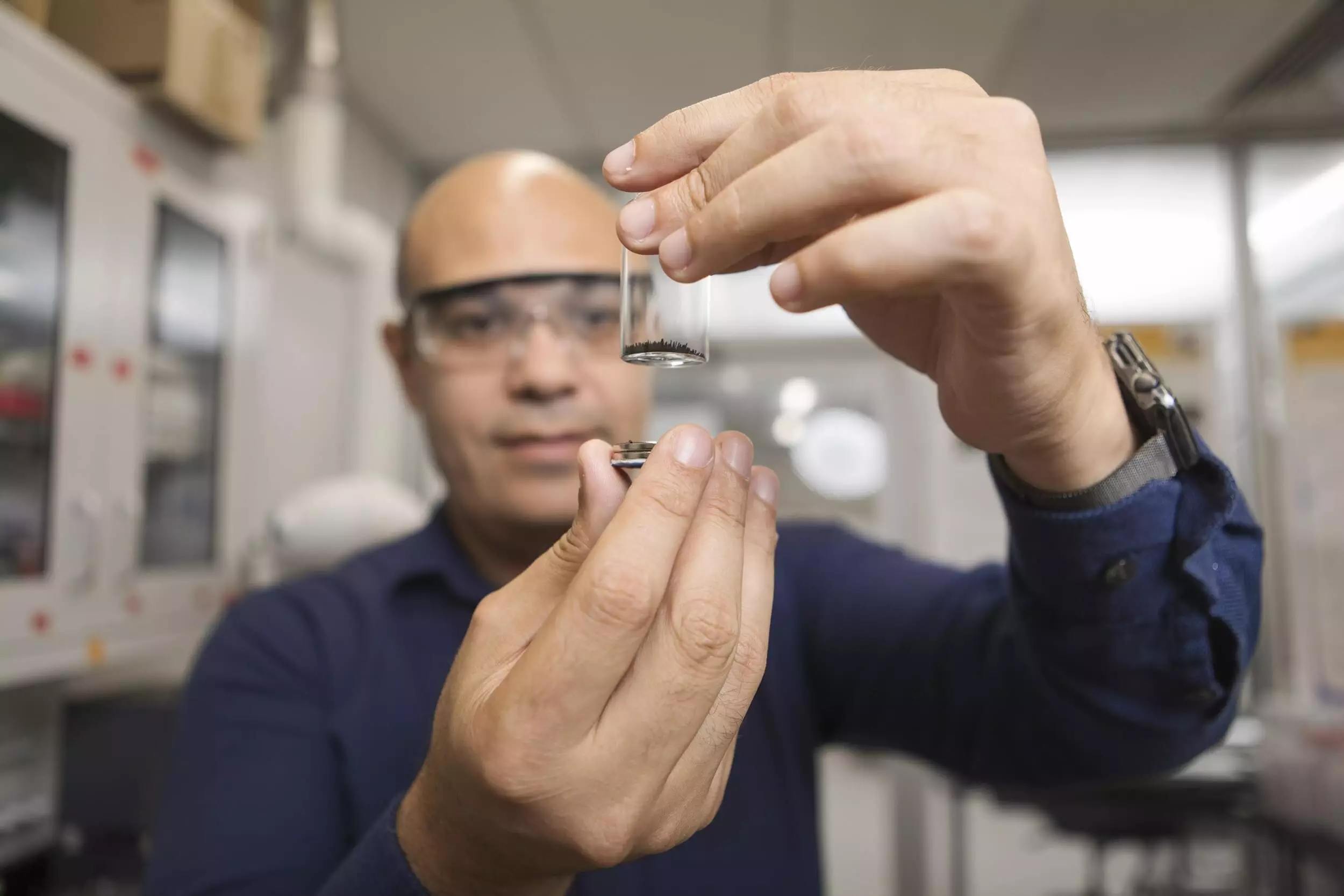Quantum computing has long been hailed as the technology of the future, promising to revolutionize the world by solving complex health and science computation problems exponentially faster than classic computing. However, a major bottleneck that quantum computers face is their requirement to operate at subzero temperatures. Cooling the computers and materials is not only challenging but also comes at a high cost. Fortunately, a team of physicists at The University of Texas at El Paso (UTEP) has recently made a quantum leap in this field, developing a magnetic quantum computing material that functions at regular room temperature.
Magnetic Quantum Computing Material
Led by Dr. Ahmed El-Gendy, the UTEP team has successfully created a highly magnetic material for quantum computing, which is 100 times more magnetic than pure iron. This breakthrough, detailed in a summer issue of the journal Applied Physics Letters, offers the potential to operate quantum computers without the need for extreme cooling. Unlike traditional magnets that require subzero temperatures to function optimally, the newly developed material demonstrates powerful magnetism even at regular room temperature.
Importance of Magnets in Quantum Computing
Magnets play a crucial role in various modern applications, including smartphones, vehicles, and solid-state drives. In quantum computers, magnets enhance the computational speed and efficiency. However, conventional magnets are limited by their reliance on low temperatures. Currently, quantum computers are kept at an incredibly chilly -459 degrees Fahrenheit, just above absolute zero. By creating a highly magnetic material that can operate at room temperature, the UTEP team has overcome a major obstacle in the field of quantum computing.
The UTEP team’s approach to developing this revolutionary magnetic material involved combining aminoferrocene and graphene, two commonly available substances. Prior to their discovery, all magnets were exclusively made from rare Earth materials, which are becoming increasingly scarce. This shortage poses a serious threat to various industries that heavily rely on magnets. By utilizing more abundant and sustainable resources, the UTEP team has not only solved the problem of material scarcity but also managed to develop a material with unprecedented magnetic properties.
Promising Results
Dr. El-Gendy initially had doubts about the magnetism of the newly created material. However, the experimental results clearly demonstrated superparamagnetic behavior, indicating its high magnetic strength. The successful creation of this groundbreaking material opens the door for the development of quantum computers that can operate at room temperature, eliminating the need for costly cooling methods.
While the progress made by the UTEP team is undeniably remarkable, much work remains to be done before room-temperature quantum computers become a reality. The material synthesis process was challenging, and the team is now focusing on optimizing the preparation process to enhance the material’s effectiveness further. Additionally, the researchers are actively seeking collaborations with experts in the field of quantum computing. By joining forces with other scientists, the team hopes to accelerate the advancement of this groundbreaking technology.
The recent breakthrough in magnetic quantum computing material achieved by the UTEP team brings us one step closer to a future where quantum computers can operate at room temperature. This development has major implications for various industries and scientific fields, such as healthcare and scientific research, as quantum computers could solve incredibly complex problems in a fraction of the time it currently takes. While challenges and further research lie ahead, the UTEP team’s achievement represents a significant milestone in the quest for more accessible and efficient quantum computing technology. The future of quantum computing is brighter than ever, and with continued advancements, we may soon witness the transformative power of this revolutionary technology.


Leave a Reply